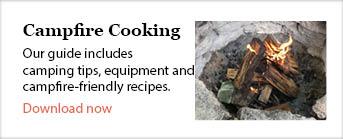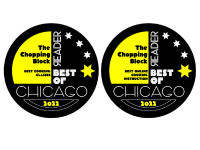I recently returned from a 6-day backpacking and canoeing trip through a remote section of Superior National Forest with my girlfriend and another couple. We covered approximately 60 miles with 250 pounds of gear and two 42-pound canoes.
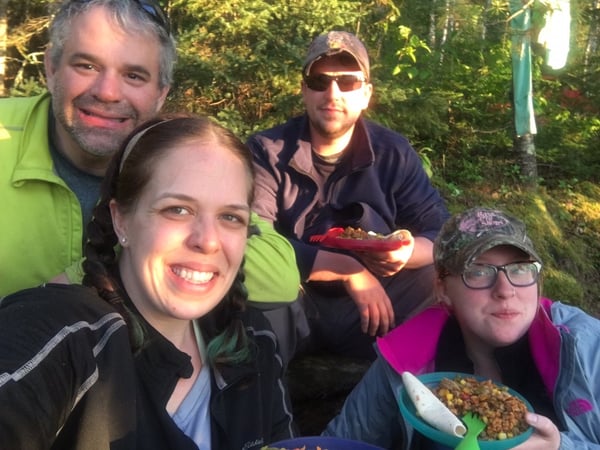
When planning six days worth of meals for 4 adults, the weight of the food must be greatly considered. For this reason, most of our meals are completely dehydrated to remove water weight, which is crucial. We bring a water filter and pump all the water that we need from the lakes that we travel on. Without this step, it would be impossible to make a trip like this. The water required for six days in the wild would be more than anyone could carry.

Our food pack is designed specifically for traveling in the wild to be carried over portages and fit properly in a canoe. It also provides valuable insulation to keep a handful of ingredients cold and frozen.
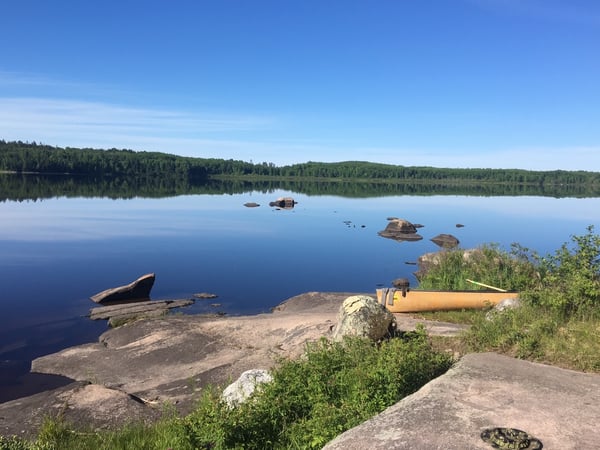
Breakfasts generally consist of oatmeal, pancakes or cream of wheat. Just add water. I usually bring a carton of liquid eggs that I freeze and pack on departure day. They usually thaw by day three and we can enjoy fresh eggs along with the pound of bacon I freeze prior to leaving.
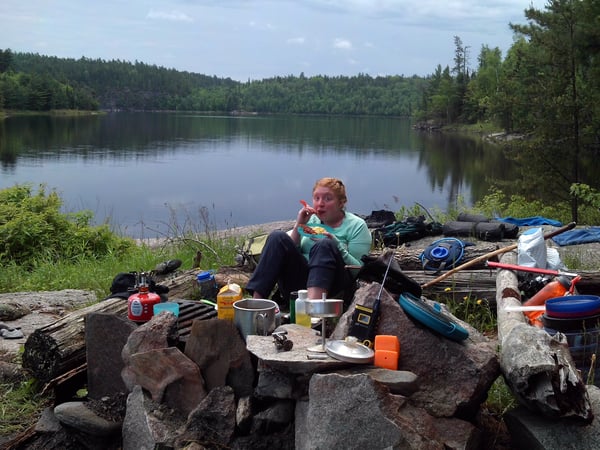
Lunches are usually peanut butter and jelly on pita. Pita lasts a while and packs easily since they are flat.
Dinners are usually dried meals like cous cous with veggies and chicken or angel hair pasta with Alfredo sauce.
This year one of my trip partners found a series of backpacking meals from The Yummy Life that we tried for this years adventure.
We followed the recipes pretty closely, however, instead of using dehydrated meat, we used fresh proteins like chicken breast and skirt steak. We marinated and cooked the meats, then diced them, sealed them into Ziploc baggies and froze them. All of the dinner proteins remained frozen through day four and were still partially frozen on day six.
The extra weight from the fresh food was about 12 pounds more than if it were dehydrated. The sacrifice was worth it, however, as we had an outstanding dinner every night of our trip!
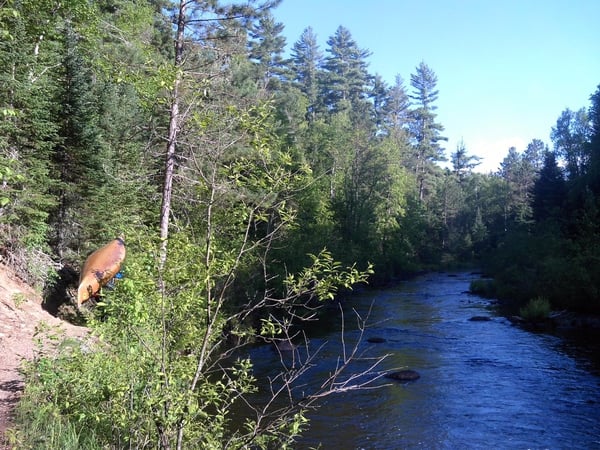
Are you ready for an adventure in the wild? Whether you are a backpacker like me or a camper who likes to have the convenience of running water, electricity, restrooms and showers at your campsite, you'll learn everything you need to know about eating well in the wilderness in The Chopping Block's new Guide to Campfire Cooking. It contains campfire-friendly recipes, essential equipment and even a step-by-step guide to starting a fire safely. You'll see a lot more of my camping photos as well as information on equipment and tips I've learned from years of camping. Download it today.



